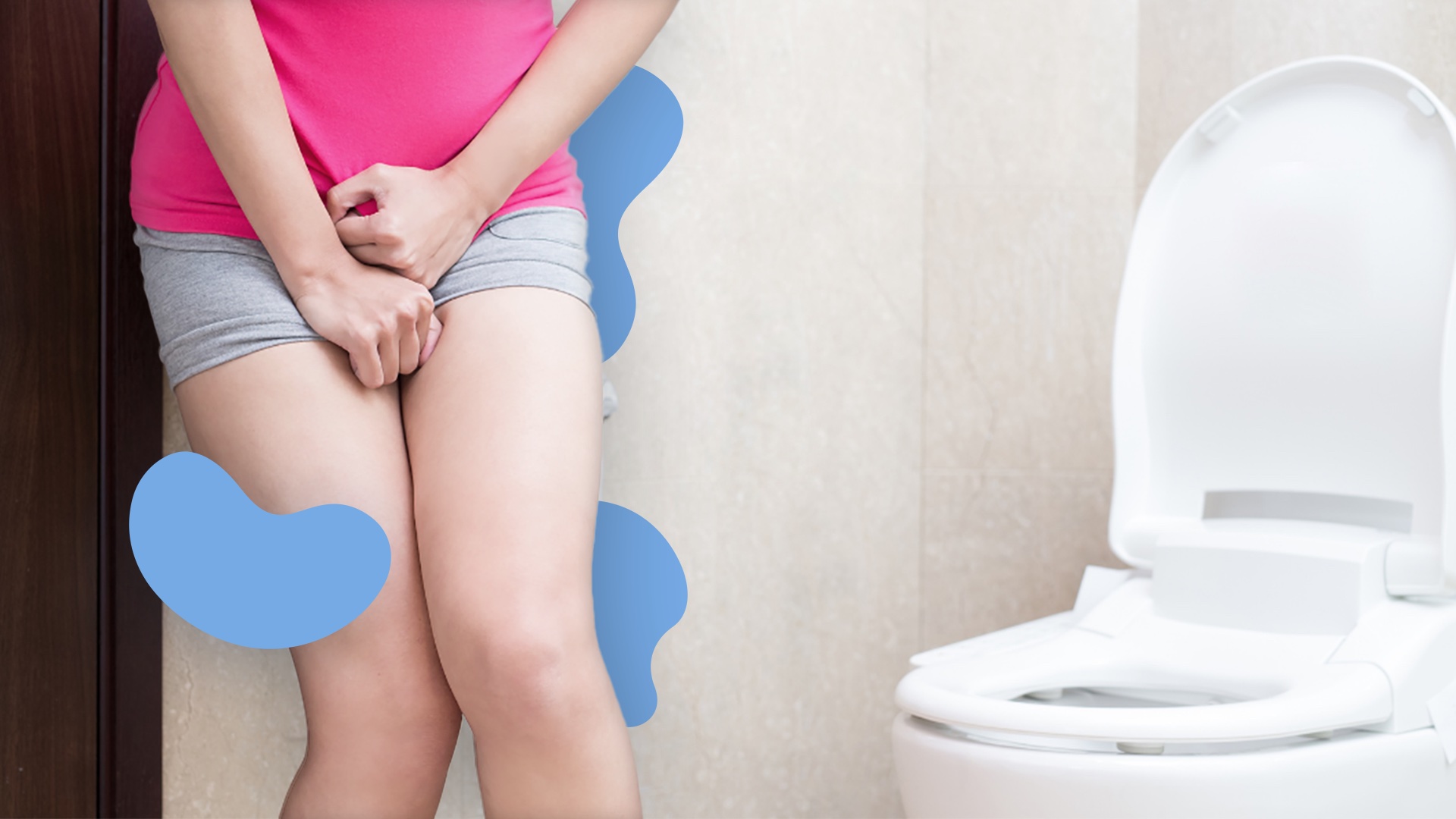Health & Wellness
14 Feb 2021 admin
BLADDER LEAKAGE: TYPES, CAUSES, AND TREATMENT OF URINARY INCONTINENCE
Urinary incontinence, also known as bladder leakage, happens when a person leaks urine involuntarily. It may be due to many things, but it often occurs when a person loses partial or complete control of their urethral sphincters.
There are different types of bladder leakage with unique symptoms. These include: Some actions such as coughing, laughing, sneezing, or exercising can put pressure on your bladder and cause you to leak. You may have experienced this form of incontinence at some point when you laughed heartily. If this happens to you often, you may have stress incontinence. Often with stress incontinence, only a small amount of urine leaks. In more chronic cases, the bladder may empty completely. If you lose control of your bladder after a sudden intense urge to urinate, you may have urges incontinence. Another term used to describe urge incontinence is an overactive bladder, although some people have a mild overactive bladder and don’t leak. Urge incontinence is common in both men and women, especially in adults. People with this condition have a sudden strong desire to urinate and may not get to the toilet in time before losing control of their bladder and urinating. Often when this happens, the bladder muscle, the detrusor, suddenly contracts as a signal to urinate even when the bladder is not full. An overactive bladder also causes you to urinate more often than normal at random times. If you don’t empty your bladder completely when you urinate and build up a lot of urine in the bladder, you may experience involuntary leakage of your bladder’s remaining content later. Overflow incontinence, also known as dribbling, is often caused when something blocks the urine passage from the bladder to the urethra. The most common cause of this blockage is prostate enlargement in men, putting men at higher risk of this type of incontinence. Aside from prostate-related conditions that happen to men, scar tissue (strictures), tumors, bladder stones, prolapsed uterus or prolapsed bladder can also block the passage of urine through the urethra. Suppose you have no physiological problems with your urinary tract but have other issues preventing you from getting to the toilet in time to urinate. In that case, you may have something called functional incontinence. These issues may include health conditions that leave you bedridden or restrained, mental illnesses that affect cognitive abilities like Alzheimer’s, inability to find a toilet nearby, or in time. If you have symptoms of a combination of any of the above types of incontinence, such as stress incontinence and urge incontinence, you may be living with mixed incontinence. Mixed incontinence is common amongst aged people but can sometimes happen to men who have had prostate surgeries.
Keeping a ‘bladder diary’ of a typical 24 hour period can be very helpful for your doctor to review. This should include fluid intake (what and how much), times that you peed, times that you leaked, and how much (roughly). being diagnosed with urinary incontinence by our doctor, your recommended treatment option will be based on factors such as your age, type of incontinence, and mental state. Your treatment options may include: Your doctor may recommend pelvic floor exercises such as Kegel exercises to help strengthen your urethral sphincters and pelvic floor muscles responsible for controlling the voiding of urine. To do a Kegel: You may also be required to train your bladder by choosing certain periods after which to urinate. You may learn to delay urinating, practice double voiding, or have a urine timetable. Sometimes, your doctor may recommend medications alongside other treatment options to help you regain bladder control. Some of these medications include anticholinergics to calm overactive bladders and topical estrogen to support healthy urethral tissue. Medical devices such as urethral inserts and Pessary devices may be introduced to help maintain the urethral structure and prevent leaking. For people with overactive bladders, Botox injections into the bladder muscle can also be recommended. If other therapies do not work, your doctor may recommend surgery such as Sling procedures or insertion of an artificial urinary sphincter. Other lifestyle management options include: Although urinary incontinence is common with a higher likelihood as you age, it is not inevitable. With the right medical guidance, you can live a wholesome life without urinary incontinence being a barrier. Do you have symptoms of urinary incontinence? You can talk to a doctor here about the best treatment options available for you.
Types Of Urinary Incontinence
Stress Incontinence
Urge Incontinence
Overflow Incontinence
Functional Incontinence
Mixed Incontinence
Treatment of Urinary Incontinence
Physical Exercises and Therapy
Bladder Training
Medication for Urinary Incontinence
Medical Procedures
Surgery
Conclusion
Ready to see the doctor?
Log In / Register Virtual care services are open 8 am to 8 pm on weekdays and 9 am to 5 pm weekends.
Virtual care services are open 8 am to 8 pm on weekdays and 9 am to 5 pm weekends.